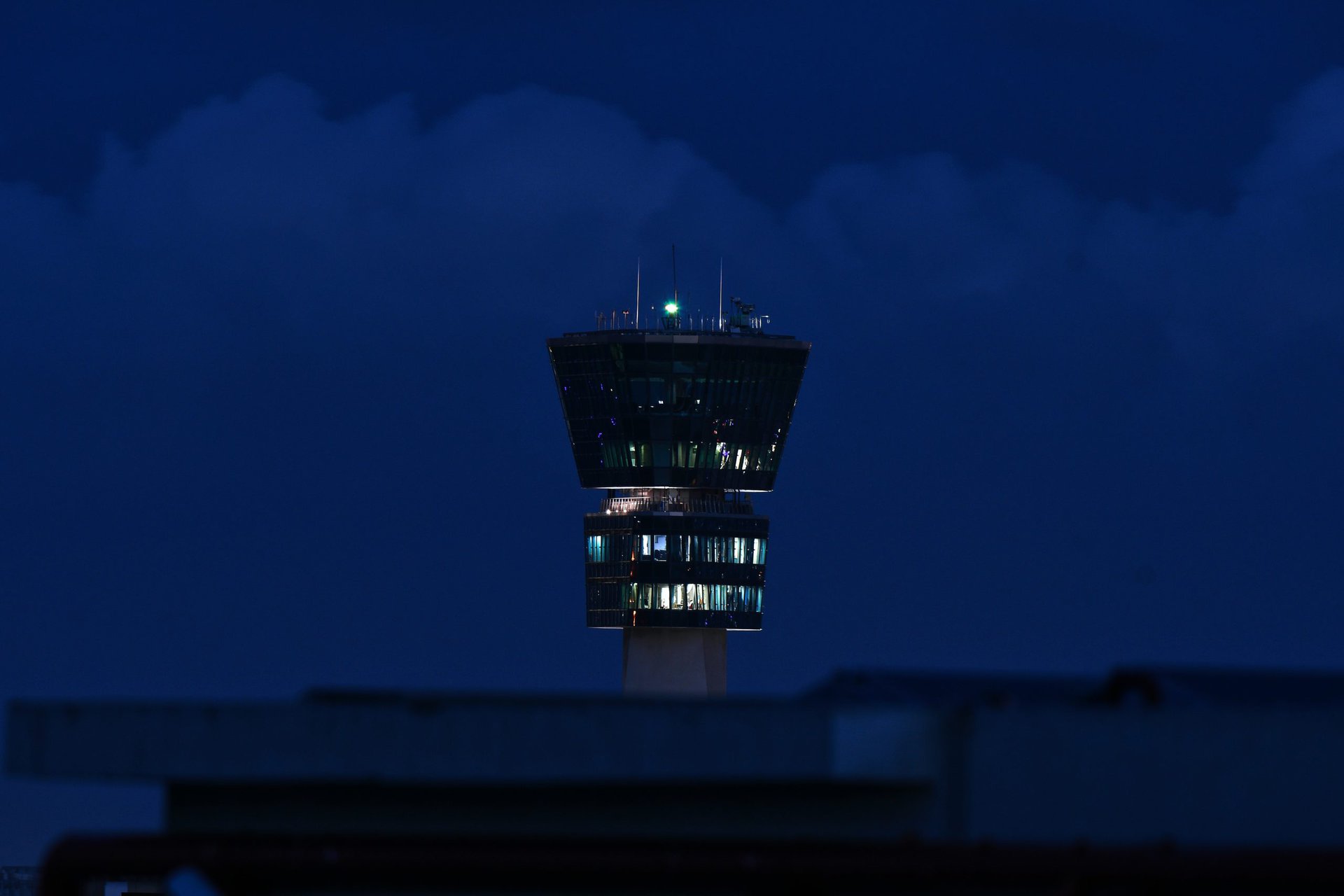The computer outage that shut down the US aviation system Wednesday morning, canceling or delaying over 12,000 flights, was the result of human error, according to the Federal Aviation Administration (FAA). It was the first nationwide ground stop for the entire system since the 9/11 attacks in 2001.
The failure of the Notice to Air Missions system—or NOTAM—was caused by a corrupted database file when personnel did not follow procedure when they accessed the system, the agency said. But officials were quick to add there was no evidence of a cyberattack.
“The FAA is working diligently to further pinpoint the causes of this issue and take all needed steps to prevent this kind of disruption from happening again,” the agency said in a statement.

Photo: Vancouver International Airport. Courtesy of Tomas Williams / Unsplash
The system was returned to service by 9:00 AM last Wednesday, but disruptions cascaded throughout the industry for much of the day. By Thursday, operations had returned to normal, with delays and cancellations at more typical levels, according to the flight tracking website FlightAware.
In the aftermath, the FAA and the Department of Transportation are left to investigate the outage and look for fixes to prevent a recurrence in the future.
Speaking to reporters on Thursday, Transportation Secretary Pete Buttigieg said, “Our immediate focus is technical—understanding exactly how this happened, why the redundancies and the backups that were built into the system were not able to prevent the level of disruption that we saw.”
What is a NOTAM?
NOTAM is an acronym for Notices to Air Missions—some may remember it as Notices to Airmen, a term that the current administration changed in December 2021.
The notifications are part of the package of documents that contain safety of flight considerations that every captain signs before departing on the assigned flight.
The captain is expected to review the NOTAMS for anything that would impact the operation, with information tailored to the area of the flight, including the primary destination airport and secondary fields that the crew may need if the flight is diverted.
A NOTAM could cover various issues—everything from runway closures and disabled radar equipment to restricted fuel availability and changed radio frequencies. The list is endless and is constantly changing as things happen throughout the system. For example, Wednesday’s computer failure meant airports could not file updated safety notices.
The system—which first went into service in 1947—once ran on printouts and calls to a centralized flight service number. However, over the past decade, it has transitioned to a cloud-based platform. Still, critics say the FAA remains behind in its years-long multibillion-dollar effort to upgrade the US National Airspace System.

Photo: Courtesy of London Gatwick Airport
“Both business and leisure travelers need a travel industry ecosystem they can rely upon,” said Suzanne Neufang, CEO of the Global Business Travel Association. “This includes having air travel systems that can get them from point to point with safety, effectiveness, and convenience.”
In a statement, Geoff Freeman, CEO of the US Travel Association, called the system failure “catastrophic” and said it was “a clear sign that America’s transportation network desperately needs significant upgrades.”
Freeman added, “Our nation’s economy depends on a best-in-class air travel system. We call on federal policymakers to modernize our vital air travel infrastructure to ensure our systems are able to meet demand safely and efficiently.”





